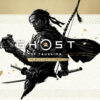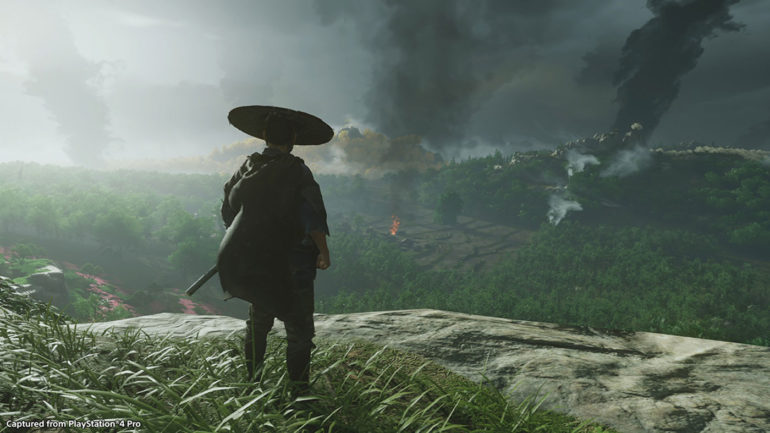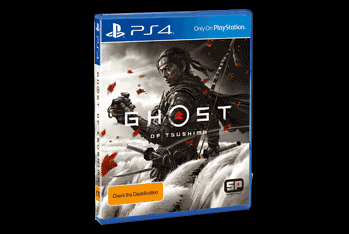We recently had the pleasure of chatting to Nate Fox, who is Game Director for Ghost of Tsushima as well as the inFAMOUS franchise that came before it.
Nate starts by telling me that the same room that he’s sitting in right now is where he recorded his voice over for the latest Ghost of Tsushima focused State of Play, which leads me to question him about how the current situation has helped or hindered these final stages before release.
I then get to learn a little bit more about some of the key decisions surrounding the game. The interesting way that the game incorporates waypoints through the use of wind and animals, the transition of Jin (the game’s main character) within the story and how that plays out from a gameplay point of view and many, many other fascinating details.
How has what’s going on in the world right now changed things from a development point of view and I guess even a marketing point of view as well?
Nate Fox: Well, it’s a new world. As we all know, we’ve been working from home since mid March, and we’ve definitely worked out the kinks on how that works. In some ways, you’re more productive and it’s easier to focus and in some ways you’re not and it’s harder to collaborate with the people around you. But we’re right on track for July 17 and there’s we’ve used some of the extra time for our gain in the end, so i think gamers win.
Did you use that extra time to continue polishing the game or did it not change too much in the scheme of things?
NF: With the extra time given to the game we just continued to polish it, make it better and better and better. I could keep working on any game I’ve ever made for 10 years, but they’re always gonna rip it out of your hands right because you’ll find something that you think you can tweak to make it a little bit better. But, it is definitely, definitely done. We’re really proud of it, and we’re excited to get it in people’s hands.
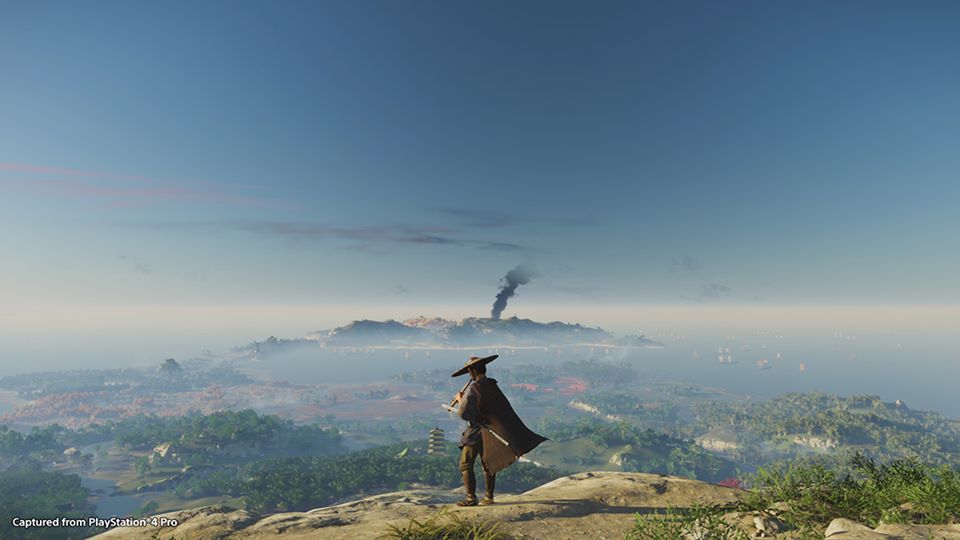
What are the some of the key ways in your eyes that Ghost of Tsushima differs from other games?
NF: When we went into making this game, the goal was always to let you be a Samurai inside of feudal Japan and that is the North Star from which we make all of our decisions. Ways that we differ from other open world games are just in the ways that we follow that North Star, so how does the hero move, how do they fight, how do they talk to people, all of the activities that you do in the game all in service of honoring that fantasy, and bringing the world to life, so that when you play you’re transported to the island of Tsushima.
And you know I think a really good example of that is actually the guiding wind feature that we showed in the State of Play demo. Instead of having a bunch of UI on the screen to tell you where to go, instead we wanted you to get lost in the island. So, the wind is a cue telling you the direction. It’s not dominating your own perspective, it’s helping you get lost in the landscape.
How early in development was it decided that you wern’t going to have physical waypoints showing up in the screen?
NF: We knew that we wanted to excite your sense of curiosity, early on, and reward you for looking around inside Tsushima. The ways that we have had that come to light, have been slowly coming on bit by bit as we try out different things. For instance, the yellow bird that is shown in the State of Play demo. That is not the first thing we tried, but it’s certainly the one that we thought was really good, so we stuck with it. There’s been trials and failures, like in all creative endeavors, but we knew that at the end of the day it’s just about helping players get lost, when they look deeper into the screen, looking at the hills, you know the strange run down in the middle of the lake. That’s the kind of thing that makes the world feel magic, because then you go to that spot, and then you discover something.
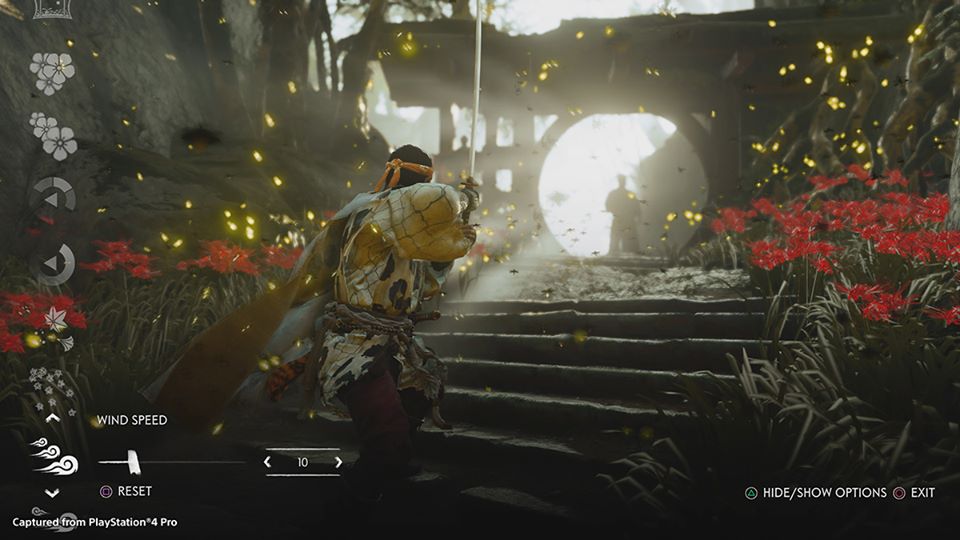
On the story, how linear can we expect it to be? Is it mostly going from point a to b or can you tackle things in the order that you choose?
NF: It’s an open world game that gives you a lot of freedom in both how you choose to tackle problems, but also in what order you want to go after different narratives. So if you think of Jin’s transformation from Samurai to Ghost as sort of the trunk of a tree, there’s all sorts of extra branches, other characters that you meet with their own storyline, people in need, or even ambient wildlife or systemic Mongols that fill in that tree, making it very lush. The game is an anthology of stories, it’s not just Jins and that’s part of the reward of going out and seeing what’s over the next hill.
In the world, are there main hubs that you’ll stop at to find people or are you just constantly moving throughout the world?
NF: There are absolutely hubs in the game. We’ve shown one in the State of Play demo. Jin is in this temple that’s surrounded by this golden foliage and there are a lot of people in there for you to talk to. There is more than just that one location of course, there are other places to discover and there’s obviously a lot of landscape as well.
Another part of the demo that everyone is talking about is the Fox that leads you to the hideout? What other animals are there in the game? Are animals both friends and foe?
NF: There are absolutely animals that will guide you to things in the game. In the State of Play, you would have seen a bear mauling a Mongol in that demo as well. There are predators in the world that will hurt, both Mongol and Samurai alike. They’re out to eat, and the game is a dynamic simulation so we don’t really dictate where they go or what they do, they make their own choices and it’s that dynamic environment that brings a lot of light to the world.
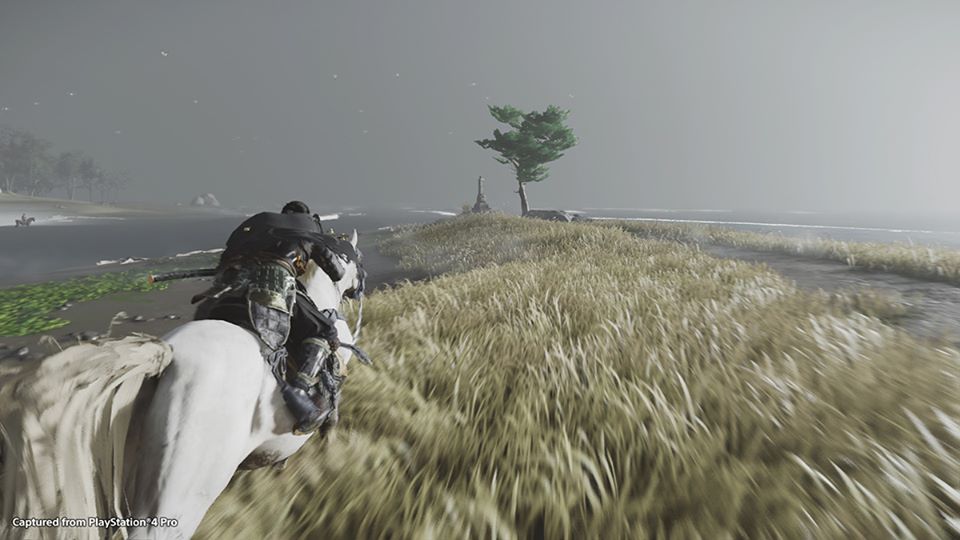
What about Jin’s horse. Obviously that plays a big part in the game, but can it be killed in combat?
NF: The horse cannot be killed. It’s your best buddy in the game. It’s your horse forever.
How much of the game is broken down into exploration vs combat? is it up to the player how much they want to go off and explore areas and how is the game balancing the two?
NF: it comes down to the sort of experience you want to have as a gamer. You can choose to spend a lot of time exploring, you can choose to spend a lot of time looking for Mongol encampments to get into combat or use stealth to assassinate people, or you can choose to engage in a lot of narrative content and getting to know people around the island, having conversations with them, helping them with their problems. It’s an open world game that gives you that freedom so that the pace is what we want it to be.
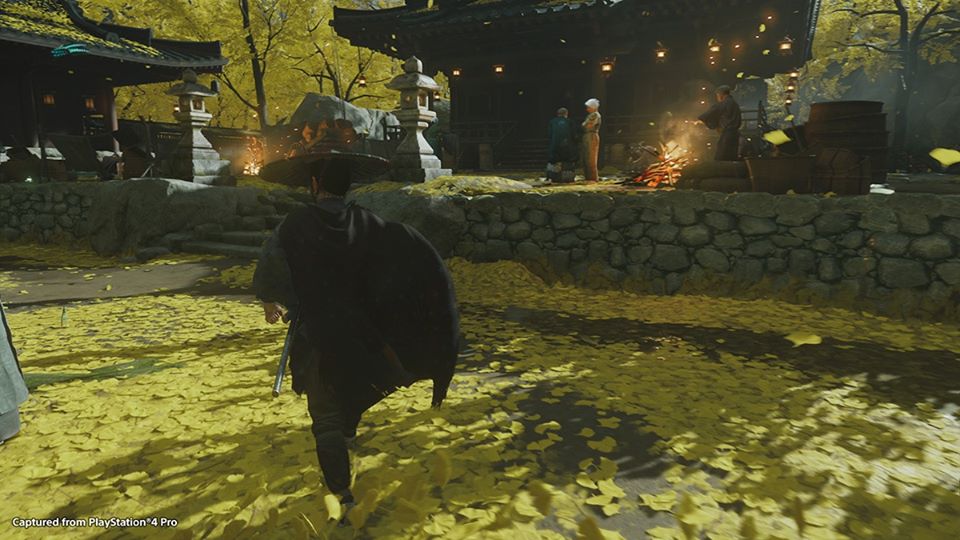
How does the weather/time work in the game? Is it based on plot points or is it just constantly changing?
NF: We have a dynamic weather system and a dynamic time of day system that just adds to the feeling of the world existing outside of what you’re doing, because it just keeps going.
A lot of people seem to be wondering about the Samurai and Ghost play styles. Could you elaborate a little bit more on this. Is it a choice that you make as your start out or are you constantly switching between the two based on how you want to tackle a battle?
NF: When the game starts, you’re Jin Sakai, an honourable Samurai raised within the code of the Samurai, trained to fight his enemies face to face, believes in death before dishonour. However when when the Mongols invade, and he’s left alone out in the world, he has to change the way that he fights and become a new type of warrior, in order to win against these impossible odds. So, there’s not a light switch where he goes from being a samurai to the Ghost. It’s just a little evolution and the skills that he starts with where he’s an expert with a sword never go away.
However, he does learn new abilities that give him more options in how he wants to take down enemies. You would have noticed in the State of Play demo during the Ghost section, when he was sneaking up on the camp it actually put up the option to call for a standoff. That’s because he still has all of his old abilities, it’s just as a player you get to choose where you want to attack problems.
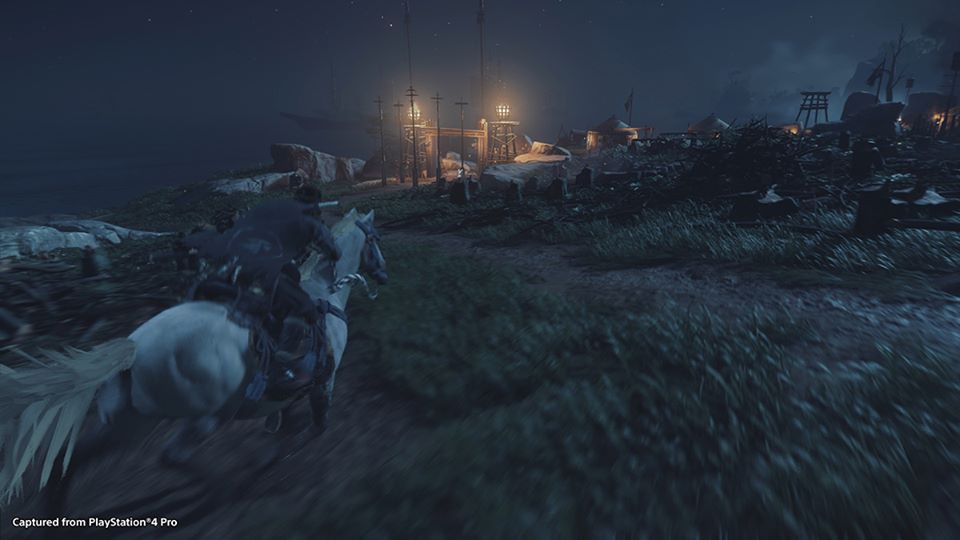
Does taking on the game as a Ghost or Samurai change anything in a narrative sense or the world around you or is it just a playstyle choice?
NF: It’s absolutely a playstyle choice. I personally like to shoot villains at a distance with archery, and I invest a lot of my technique points into growing my archery abilities because that’s just how I like to fight. But as far as how the story reacts to the choices you make, I’d rather not tell you because I don’t want to ruin the surprise.
You also mentioned that Jin could use Fear as a weapon? Could you please elaborate on how that works?
As Jin becomes the Ghost he becomes this larger than life figure and the Japanese people start to hear about the Ghost and they view him as the Savior, even if they don’t know who exactly is and the Mongols start to believe that the Ghost is some sort of boogieman. You become the monster and that’s the role that you fill in people’s imaginations. Now, there’s also the mechanical way that that works and again, I’d like you to experience it and discover it on your own, in order to really internalise it, I can tell you that it is narratively about Jin becoming very big in people’s imagination.
The standoffs have been a massive talking point. Do they always take place with that camera cut that we saw in the demo or is this dynamic or can be turned on/off?
NF: So, the standoffs are actually dynamic, you get to choose when or if if you want to do them, and the cinematography is adaptive in the moment. We worked hard on that because it’s such a key component to classic Samurai cinema, where two swordsmen will face off, and they’re just waiting in this tense moment for the other one to move first and then death follows.
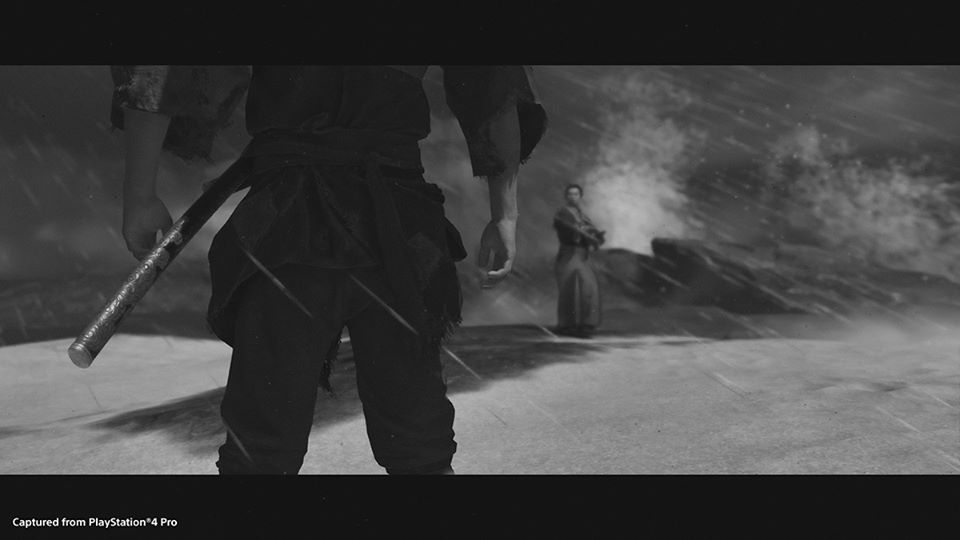
I’m assuming that new weapons are something you only get when progressing through the stories and aren’t randomly picked up after encounters?
NF: Yeah this is not a game about loot drops. It is a game about story and exploration. So if you go on Jin’s journey from Samurai to Ghost, you’ll get access to some abilities and some weapons but if you really want the full diversity of possibilities, you have to explore, you have to meet side characters, you have to go places that you know you’re not really even told exist. That’s why the world is rewarding right. We want to make sure that if you take the time you get something from it, that allows you to modify the play style. To get more diversity, and how you go after solving problems.
So you’re expecting that players will miss things like weapons and obviously missions if they don’t go to every nook and corner of the map?
NF: Absolutely. One of the big challenges of making a game like this, where we’re looking to capture that wandering Samurai experience is being okay with the fact that not all of the things that we make whether it be missions or abilities are going to be seen by every player. That is the nature of giving people freedom.
I know that techniques were mentioned in the State of Play towards the end, but how does leveling up work? Does Jin level up? Can his weapons level up?
NF: As Jin’s level grows he gets new skill points that he can apply towards new abilities in a pretty classic skill tree structure. You can improve your armour and weapons by visiting vendors.
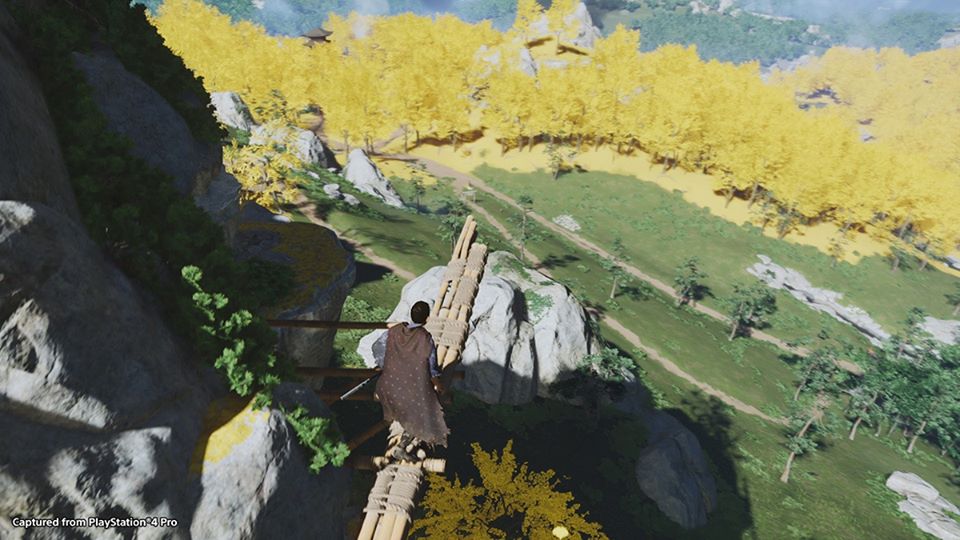
A lot of people want to know about difficulty levels. I guess most of the Samurai games that we’ve experienced in the last few years have been known to be on the more difficult side, where I’m assuming there’s a wider range of difficulty options available here?
NF: You’re right. This game is intended to appeal to a very wide group. That means, you can set the difficulty level to be not that challenging, or you can ratchet it up and make it very challenging. Our goal with the combat is this phrase mud, blood and steel where we want to make it visceral, we want to make you feel the danger. Samurai swords, you know, one or two strikes and somebody dies. We honour that lethality, and it comes alive as a Samurai experience. I definitely recommend playing the game on a very challenging setting if you want to get the full weight of what it’s like to wield that Katana.
What does the variety of side missions look like in this game? Is the majority just going to camps and taking people out or are there side missions that don’t involve combat?
NF: Yeah, there’s absolutely side quests that don’t involve combat. We don’t really like to think of them as side quests, because, give they weight to the main storyline from the standpoint of people are getting treated and treating others in a certain way during this desperate wartime event. The people that you get to know through side quests are the people of Tsushima, and how they’re dealing with this hardship. Then you get to use your tools in your imagination and how to solve those problems.
Outside of missions, are there world building activities that Jin can go on, such as fishing and that kind of thing?
NF: Absolutely. The world is very inspired by classic Samurai movies and comics, and there are all sorts of tropes that you expect from that genre that we put into the game and we do this because it helps transport you to, Fuedal Japan to make you feel like you are that Samurai. Some of them we’ve shown. For instance, the standoffs, it’s combat, but it’s actually its own experience, When you’re not in a standoff we’re doing standard combat, the controls are different, the timings different. That is a very combat focused thing but the truth is that I don’t want to tell you about others because the joy of the game is discovering them for yourself.
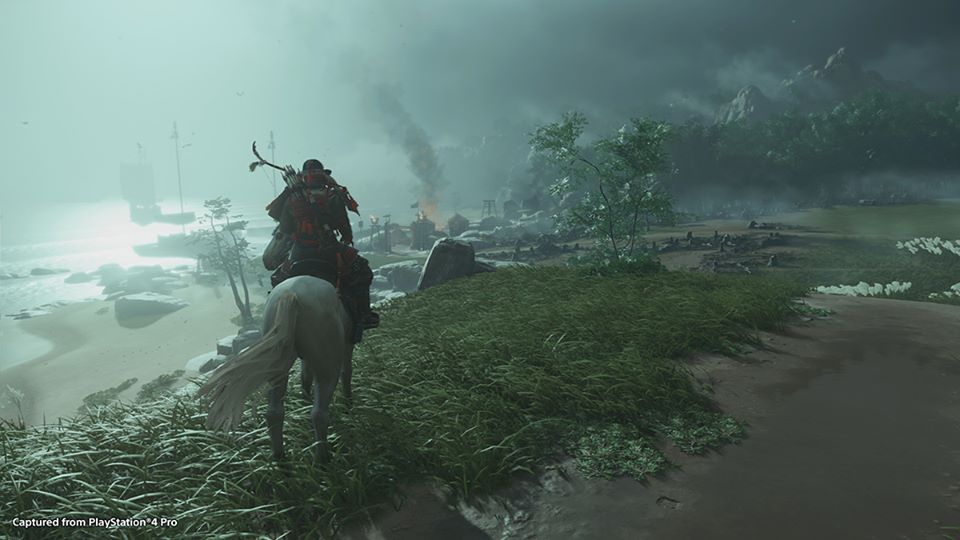
We saw Jin picking up flowers in one point of the demo. It’s safe to assume there’s some kind of crafting in the game?
NF: If you pick up those those flowers in the game, you can use them to change the colour of your armor. That’s an example of crafting. Other elements that you get from the world, you can use to improve your armour, change your weapons and make them better. Jins, always looking for anything you can find from the environment, to get an edge, and it’s more than just picking up items. It includes using verticality or an ambush.
How long do you expect players to spend in this world? I assume there will be a lot of reason to continue playing after you’ve finished the main story?
NF: The game gives you the freedom to face all aspects of the title, and it’s a really big game. We run focus tests, and they’re five days straight of people playing all day and not all of our players complete Jin’s main storyline. That’s because they’re choosing to get lost in all the nooks and crannies and everything else.
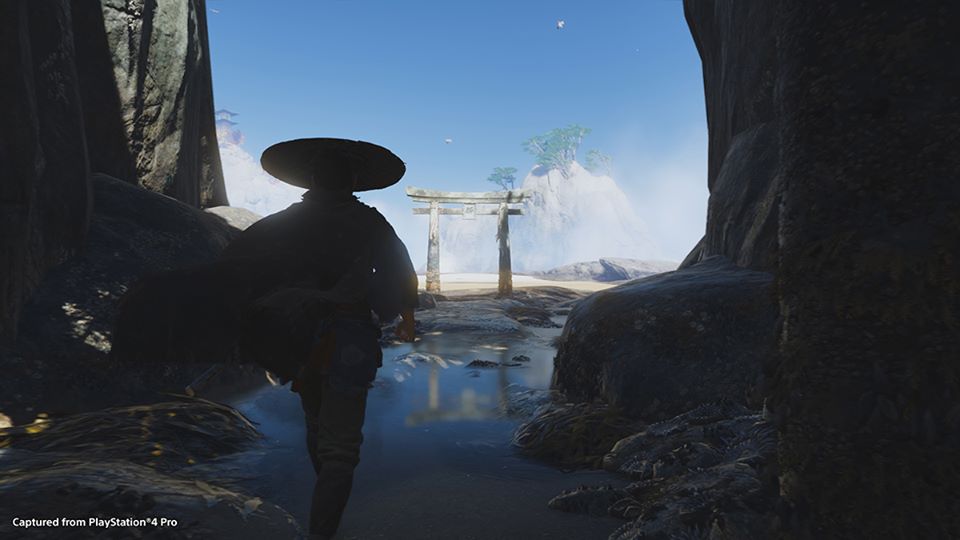
Coming from inFAMOUS, was it hard going from an extremely supernatural game to something fiarly grounded? Was there every any temptation to introduce supernatural elements?
NF: It was hard, going from the super powers of inFAMOUS to the grounded world of Ghost of Tsushima and that’s part of what made it exciting. It was a big change and because we took so much inspiration from these classic Samurai films, they don’t feature magic. Yeah, it’s just everyday people using their wits and a sword in order to survive.
Sucker Punch has kind of book ended the PS4 first party lineup with the reveal of inFAMOUS: Second Son at that first event and the release of Ghost of Tsushima in July. How does it feel to have the last major first party game to release on PS4 before the release of PS5 and what excites the team about the future?
NF: Well, we made InFAMOUSs: Second Son, and we were happy to be early on PlayStation 4, and as soon as we finished inFAMOUS First Light, which was a companion product, we started working on Ghost of Tsushima, and it’s just taken us all this time to get done with the game. When we’re shipping on July 17, that’s just when the game has been complete. So, it’s sort of an odd turn of fate that we’re at the beginning, and in there for the tail end well.

